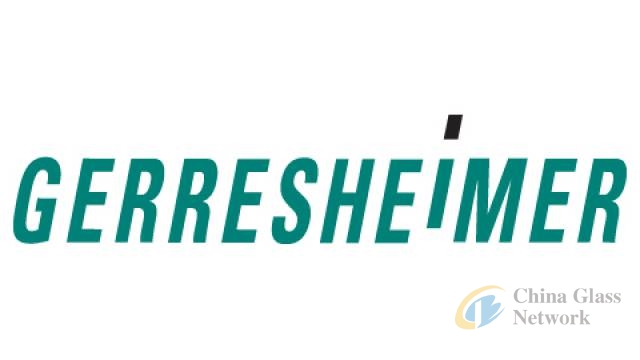Post Time:Sep 18,2018Classify:Company NewsView:1291
Gerresheimer’s factories in Tettau (Germany) and Momignies (Belgium)
specialize in the industrial production of cosmetic glass and have been
supplying no-table customers in the cosmetics industry for decades. At
both sites, newly created, high-performance Decoration Centers use
modern techniques to customize sophisticated branded products for the
cosmetics market.
Customization is a key market trend in the
cosmetics industry, particularly using primary packaging. In addition to
the design of a bottle, decoration is playing an ever greater role. “We
want to reduce the complexity for our customers,” says Bernd Hörauf,
CEO of Gerresheimer in Tettau. He considers decoration to be anything
that can be offered to customers as added value, alongside the classic
areas such as screen printing, color spraying, acid etching, and pad
printing. This is how he can minimize the total cost of manufacturing a
cosmetic product and how the complexity of processes is reduced for
customers throughout the value chain. Based on this school of thought, a
brand-new overall concept has now been born at Gerresheimer’s cosmetics
factories in Tettau and Momignies, which not only forms the Center of
Excellence building block at both plants, but also illustrates the same
production and process structure.
Connected process chains
For
example, when it comes to a connected process chain in the context of
screen printing, further process steps such as the use of plastic
inserts in bottle necks can now be taken – and even in the same machine
cycle, saving money and reducing outlay. Another example is the
development of a labeling line which, in addition to standard
applications such as dynamic carrier strip labeling, also enables
special cases such as static labeling, i.e. labeling lying bottles in
recessed areas. This is a truly measurable process improvement which
would otherwise mean extreme delays on customers’ filling lines.
The next phases of expansion
Another
concept has been developed which involves bonding bottles with a
variety of materials, i.e. different applications and applying materials
such as metal and wood straight onto glass bottles. This concept has
already been put to the test. It involves a special combination of
hotmelt and UV bonding and will be ready for production in the first
half of 2019.

Source: glassonline.comAuthor: Shangyi